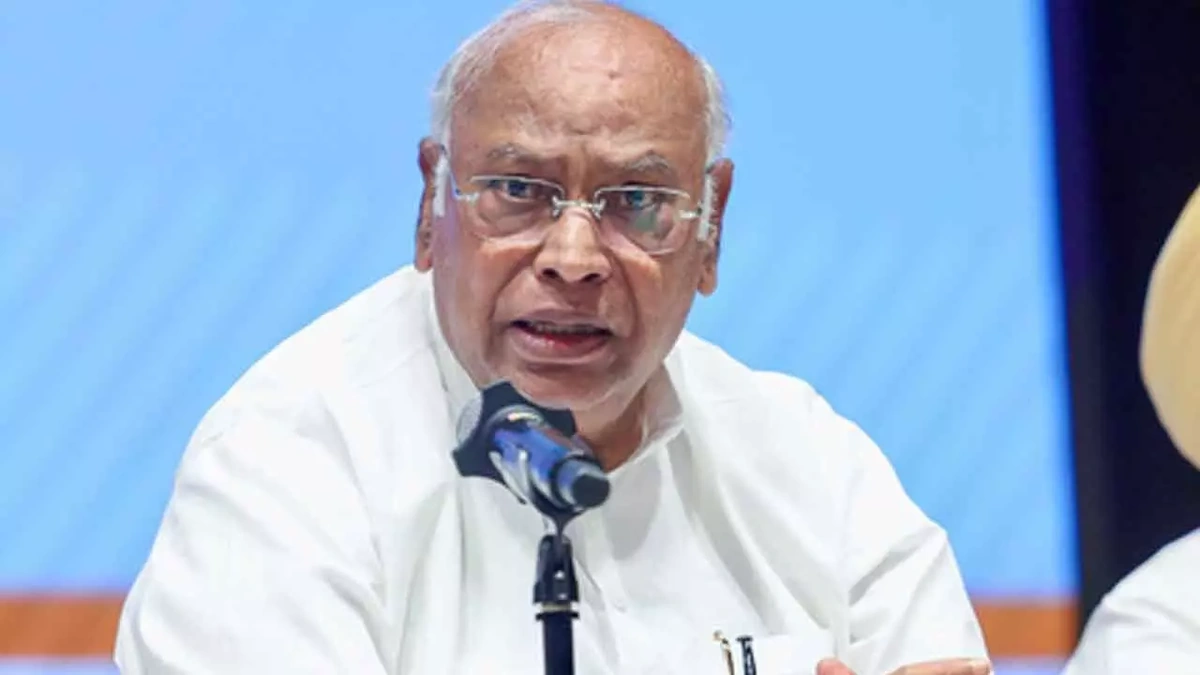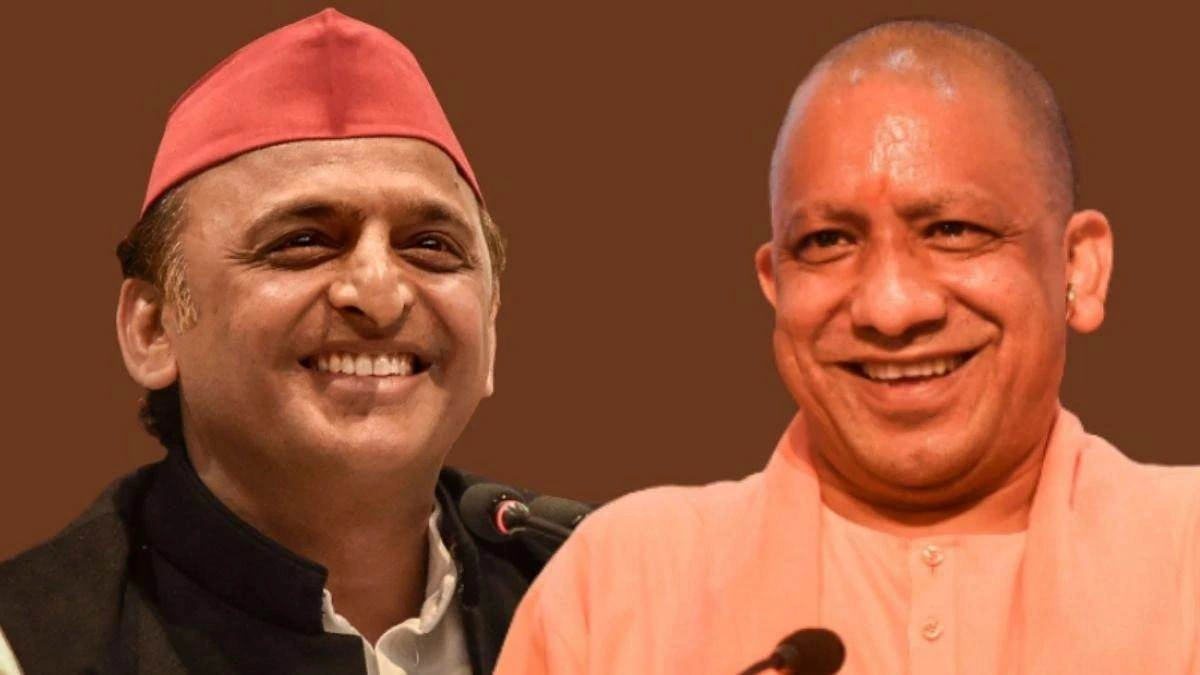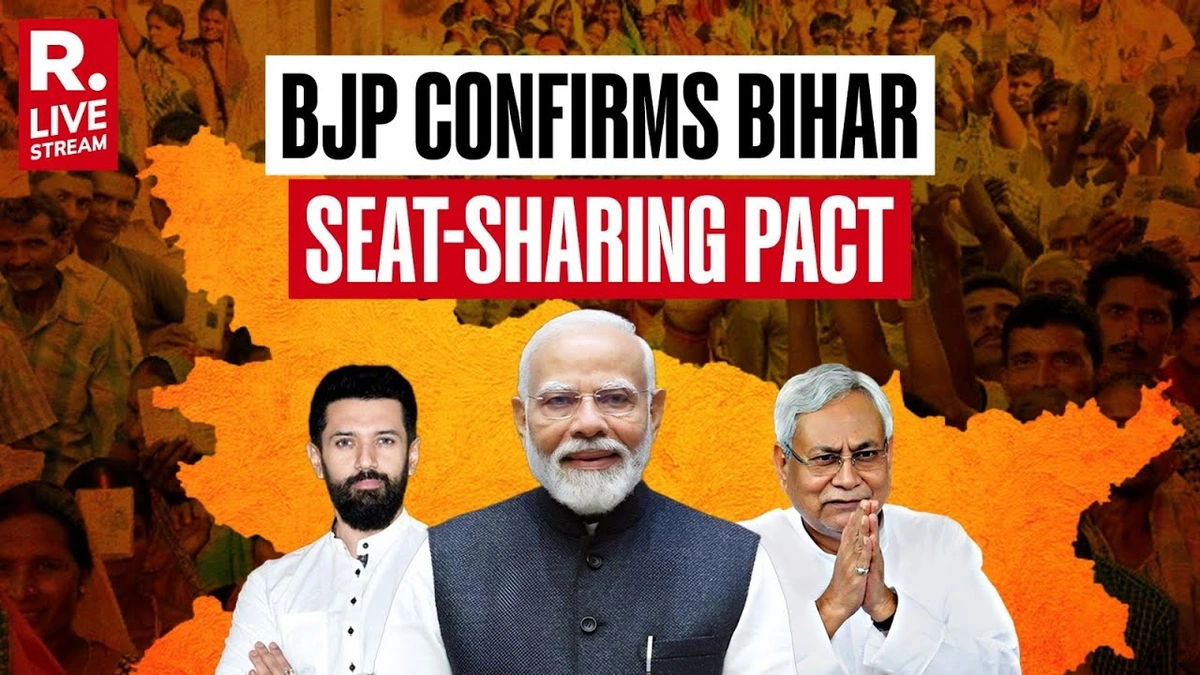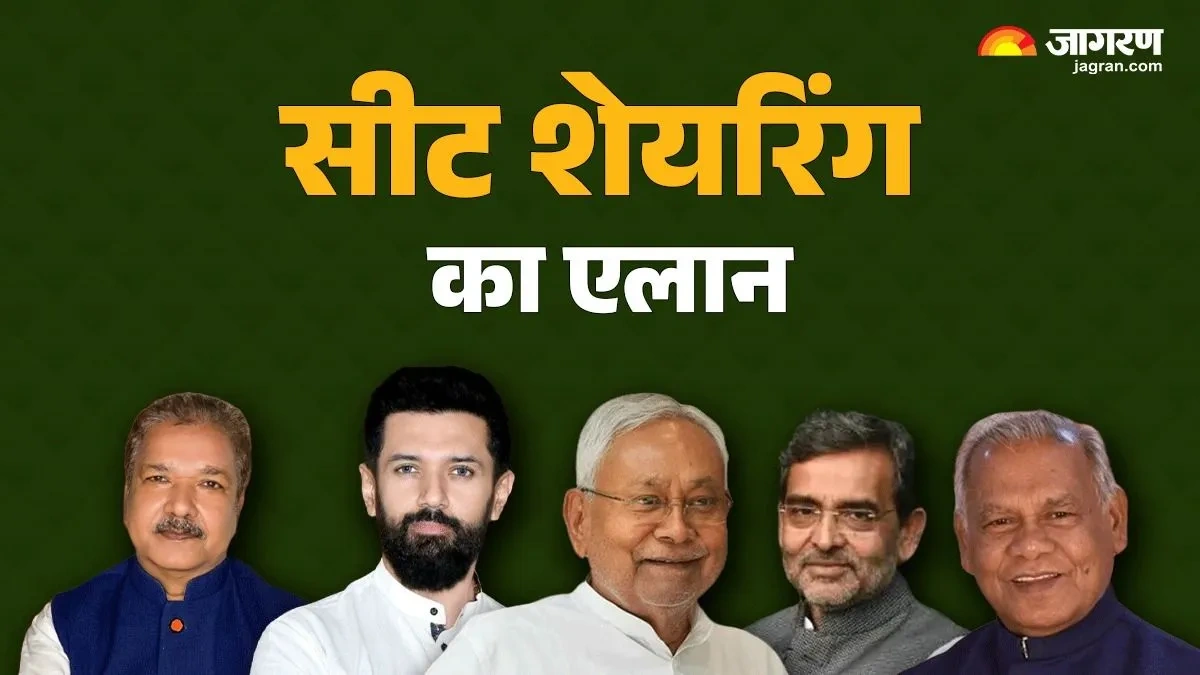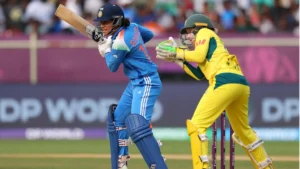Kharge Condemns Shoe Attack on Chief Justice of India, Demands Ostracism for Perpetrator
The news broke like a thunderclap: a shoe hurled at the Chief Justice of India. But here’s the thing – it’s not just about the physical act. It’s about the symbolism, the anger, and the potential implications for the judiciary. Mallikarjun Kharge , a prominent figure in Indian politics, didn’t mince words in his condemnation. He demanded the perpetrator be ostracized. But why is this incident resonating so deeply? Let’s dive in.
Why This Incident Is More Than Just a Shoe
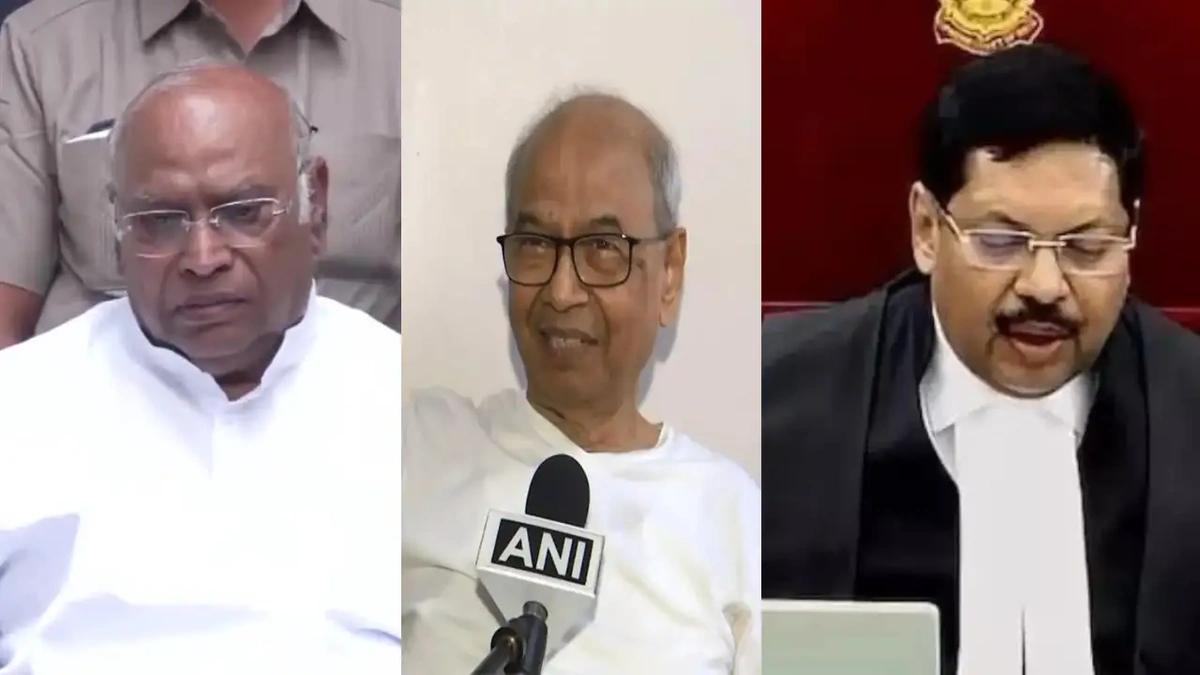
Let’s be honest, India has seen its share of protests. But an attack on the Chief Justice crosses a line. What fascinates me is how this reflects a deeper discontent, a frustration that sometimes spills over into unacceptable acts. Think about it: the judiciary is meant to be the ultimate arbiter, the institution that safeguards the constitution. When someone attacks that, they’re not just attacking a person; they’re attacking the very idea of justice. The CJI shoe attack is a stark reminder of the fragility of our institutions and the need to protect their integrity. According to legal experts, such acts, regardless of motive, undermine the public trust in the judicial system. It raises concerns about security protocols and the broader climate of dissent and its expressions.
And Kharge’s reaction? It’s not just political posturing. It’s a statement about the importance of respecting institutions. His demand for ostracism – social exclusion – is a powerful message. It sends a signal that such behavior won’t be tolerated. The Indian National Congress (INC), a major political party in India, often voices concerns about protecting democratic values and the independence of institutions. Their strong stance on the CJI shoe attack is consistent with this broader political agenda. But it’s also a moral stance – a rejection of violence and disrespect in the face of differing opinions.
The Importance of Institutional Integrity
The integrity of the judiciary is paramount. If people lose faith in the courts, where do they turn? This isn’t some abstract concept. It affects real people, real cases, and the very fabric of society. A strong, independent judiciary is essential for upholding the rule of law and ensuring fairness for all citizens. When that independence is threatened, whether by political pressure or acts of violence, the consequences can be devastating. This is why the incident involving the CJI is deeply concerning and demands a serious response. The Supreme Court of India plays a crucial role in interpreting the constitution and resolving disputes. Ensuring its safety and independence is vital for maintaining democracy.
Ostracism | A Just Response?
Now, let’s talk about ostracism. It’s a heavy word. It means social exclusion, effectively cutting someone off from the community. Is it a fair punishment? Some might argue it’s too harsh, that it stifles dissent. Others, like Kharge, see it as a necessary deterrent. It’s a way of saying, “This behavior is unacceptable, and we won’t tolerate it.” But here’s a challenge: ostracism can also be misused, becoming a tool for silencing opposition. So, while the sentiment behind Kharge’s demand is understandable, the practical application of ostracism raises some complex questions. The concept of social boycott has historical roots in India, but its use in contemporary society raises ethical and legal debates. Striking a balance between expressing outrage and ensuring fairness is essential.
The Political Fallout and Media Coverage
Of course, an incident like this doesn’t happen in a vacuum. The political ramifications are significant. Opposition parties will likely use it to attack the government, questioning their ability to maintain law and order. The media will dissect every angle, fueling public debate. It’s a perfect storm of politics, outrage, and speculation. What fascinates me is how the narrative evolves, how different voices try to shape the story to fit their own agendas. The political repercussions of such incidents can be far-reaching, impacting public opinion and electoral outcomes. It’s essential to analyze the narratives presented by various media outlets to discern the true context and implications of the event.
The media coverage also plays a vital role in shaping public perception. Sensationalized reporting can exacerbate tensions and fuel further unrest. Balanced and objective reporting, on the other hand, can help to promote understanding and prevent the spread of misinformation. The role of media in reporting such sensitive incidents is crucial, as it has the power to influence public opinion and shape the political discourse.
Ensuring the Security and Respect for Judiciary
Ultimately, this incident highlights the need for increased security measures to protect the judiciary and ensure its independence. But it’s not just about physical security; it’s about fostering a culture of respect for the rule of law. We need to remember that disagreeing with a court decision is one thing, but resorting to violence or disrespect is entirely another. Let’s promote dialogue, encourage constructive criticism, and, above all, protect the institutions that safeguard our democracy. The security of judges and court premises is a critical concern, and authorities must take proactive measures to prevent such incidents from recurring. Moreover, cultivating a culture of respect for the judiciary and the rule of law is essential for the functioning of a healthy democracy.
Here’s another way to look at it. Imagine a society where the courts are constantly under threat. Where judges fear for their safety. Would that encourage justice and fairness? Or would it create a climate of fear and intimidation? That’s why safeguarding the judiciary is so important. It’s not just about protecting individuals; it’s about protecting the very foundation of our society.
FAQ Section
Frequently Asked Questions
What exactly happened in the shoe attack?
Reports indicate that during a public event, an individual threw a shoe towards the Chief Justice of India. The individual was apprehended, and investigations are ongoing to determine their motive.
What is the potential legal action against the perpetrator?
The perpetrator could face charges related to assault, disrupting public order, and potentially contempt of court, depending on the specific laws applicable and the findings of the investigation.
What security measures are in place for the Chief Justice?
Security protocols for the Chief Justice of India are generally stringent, involving personal security details and measures to protect their residence and travel. Details are confidential for security reasons.
How has the legal community responded to the attack?
The legal community has largely condemned the attack, emphasizing the need to protect the judiciary’s independence and integrity. Many bar associations have issued statements denouncing the incident.
What impact could this incident have on the judiciary’s functioning?
While the incident is unlikely to directly impact the judiciary’s day-to-day functioning, it could raise concerns about security and the need for enhanced protection measures, potentially affecting the atmosphere in which judges operate.
Where can I find reliable updates on the investigation?
You can find reliable updates on the investigation through reputable news sources and official statements from law enforcement agencies and the Supreme Court of India.
